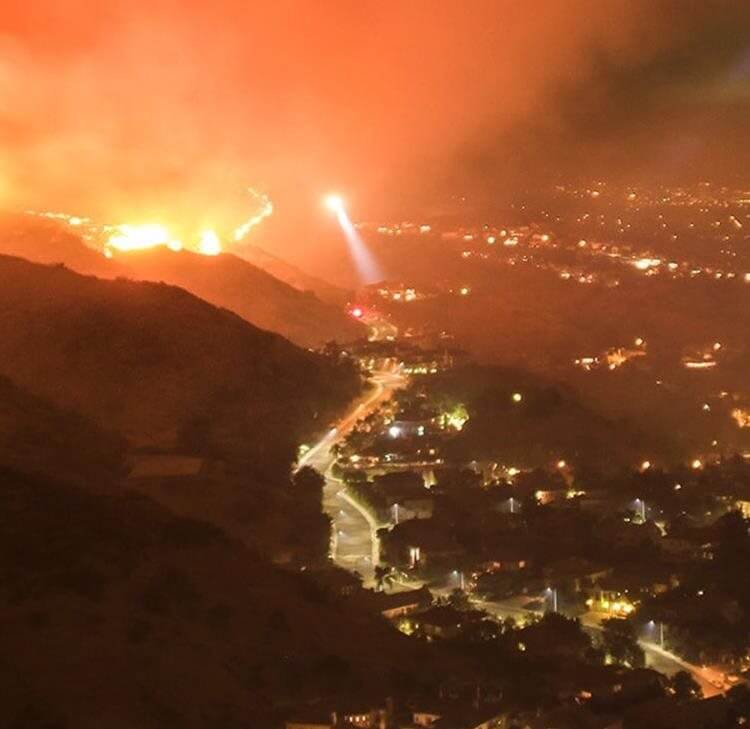In the third substantive case considering the law of nuisance in as many months, the Supreme Court has now handed down the judgment in the appeal of Jalla & Anor v Shell International Trading and Shipping Co Ltd & Anor.
We’ve had claims as to Japanese Knotweed (Davies v Bridgend) and overlooking (Fearn v Tate Gallery) and now Jalla which concerns a major oil spill and the tort of private nuisance.
The limitation period for bringing claims in English law for torts is normally 6 years from the date of the cause of action, that is, when a quantifiable or ascertainable loss is suffered. The question in this appeal was - when does the limitation period start to run from where the cause of action is an oil spill?
- Is it a “continuing private nuisance” (which allows continuing causes of action – i.e. a new cause of action each day that the spill is not cleaned up); or
- is it from the day the nuisance caused damage – which at the earliest is the day of the leak of the oil or a later date i.e. when the oil reached the shore?
Background
The claimants are Nigerian citizens who have brought action against companies within the Shell group following an oil spill off the coast of Nigeria in December 2011. The oil spill was caused by a leaking pipeline - there had been a rupture in one of the submersible flowlines that transfers the crude oil from the mobile rig to an oil tanker. Oil leaked into the ocean for 6 hours and caused approximately 40,000 barrels of crude oil to leak into the ocean. Shell alleged that the spill was contained and did not impact the shoreline whereas the claimants alleged the spill reached the shoreline in the Niger Delta where it caused a devastating impact, and it has not been removed or cleaned up.
The claim form was issued in December 2017 (within 6 years of the oil spill). The claimants sought to make amendments to their pleadings in 2018 and 2019 and the issue arose as to whether those amendments were being sought outside the limitation period. The claimants argued that the undue interference with their land continued and because the oil hadn’t been cleared up or removed there was a continuing cause of action for the tort of private nuisance and as such the applications to amend were within the limitation period.
However, the Court of Appeal found that the oil spill was a single one-off event. Therefore, the limitation period ran from when the claimant’s land had been affected by the oil; it was not a continuing nuisance. The claimants appealed to the Supreme Court.
Supreme Court Judgment
The issue for consideration on appeal was whether ongoing undue interference with land by oil contamination was sufficient for a continuing cause of action to accrue afresh each day, until the oil is cleared up or dissipates naturally, where the polluting event occurs only once.
The tort of private nuisance is “where the defendant’s activity, or state of affairs for which the defendant is responsible unduly interferes with (or, as it has commonly been expressed, causes a substantial and unreasonable interference with) the use and enjoyment of the claimant’s land”. Proof of damage is necessary for such a nuisance claim and includes physical damage to land, buildings or vegetation growing on the land, or where there is no physical damage, interference caused by the impact of certain noxious perils, such as noise, smell, smoke, vibrations or being overlooked. The Supreme Court accepted, for the purposes of the appeal and the question put before it, that a nuisance can emanate from the sea and that some quantity of oil reached the shoreline within weeks of the spill.
A “continuing nuisance” is “…one where, outside of the claimant’s land and usually on the defendant’s land, there is a repeated activity by the defendant or an ongoing state of affairs for which the defendant is responsible which causes continuing undue interference with the use and enjoyment of claimant’s land”. An interference may be similar on each occasion, but it must be continuing day after day or on a regular basis. The cause of action to bring a claim therefore starts afresh each day on a continuing basis as is illustrated by the tort of “overlooking” established in Fearn.
Decision
The Supreme Court dismissed the appeal. It found that outside of the claimants’ land, there was no repeated activity by Shell nor an ongoing state of affairs for which Shell was responsible which was causing undue interference. The leak was a one-off event which occurred on the day of the spill; the cause of action accrued and was complete once the claimants’ land had been affected by the oil.
The argument that the oil had not been removed or cleaned up from the claimants’ land was rejected as constituting a “continuing nuisance”. The Supreme Court reasoned that if accepted, it would in effect allow a limitation period to restart or run indefinitely until the land is restored or until the oil is removed or cleaned up. It could mean defendants from a one-off event could be faced with litigation decades later.
Looking forward
This case involved an oil spill, but the principles of continuing nuisance may be applied to other types of interferences including smoke, noise, smells, vibration and (as most recently considered in Fearn) overlooking. Each case will be fact sensitive with a focus on the noxious “thing” which is causing the interference (and in particular whether it is a one-off event) rather than the damage that flows.
That the issue of limitation came before the court in the context of an application to amend underlines the importance (if possible) of encapsulating the whole claim at the time of the issue of the claim form where claims are being brought years after damage was first suffered. Changes to the claim down the line are always going to be a challenge where arguably limitation has expired.
As the Supreme Court recognised ultimately, if the claimants’ analysis had succeeded, it would have had wide ranging ramifications into other areas of law and would have undermined the law of limitation of actions. The very purpose of the Limitation Act 1980 is in place as a matter of public policy in order to bring certainty, to provide a protectionary shield for defendants, and to avoid costly litigation where the value of evidence is so significantly eroded by the effluxion of time that a just result cannot be guaranteed. Having these very clear parameters which guide litigants is ultimately of benefit to all. The judgment illustrates the exercise by the court of determining where the balance falls between a claimant’s access to justice as against the benefits of certainty of a time bar and public policy reasons for the operation of limitation.
Key contacts

Rachael Murphy
Principal Associate
rachael.murphy@brownejacobson.com
+44 (0)115 976 6219








![Contractual liability for all inclusive treatment: Bartolomucci v Circle Health Group Limited [2025]](/getattachment/95f9533b-f99c-4fcc-b8d5-3f93904b8242/shutterstock_1265400856.jpg?variant=HeroImageTabletVariantDefinition)

































